Siberian Husky Dog Breed Information
| Country of Origin | Russia |
| Nicknames and Other Names | Husky Sibe Chukcha Big Dog |
| Scientific Name | Canis lupus familiaris |
| Breed Type | Purebred |
| Group | Working group Sled-dogs |
| Bred For | Sled-pulling, companionship, guarding |
| Size | Medium-sized |
| Recognized By | AKC, FCI, ANKC, NZKC, CKC, KC, UKC |
| Life Span | 12-14 years |
| Ideal Weight | Male: 45-60 pounds Female: 35-50 pounds |
| Ideal Height | Male: 21-23.5 inches Female: 20-22 inches |
| Fur Type | Double-coated, straight, dense |
| Common Colors | Agouti and White, Sable and White, Red and White, Black, Black and White, Brown nd White, Gray and White |
| Markings | Black Points, Piebald |
| Availability | Widely available |
| Achievements | Military dogs |
| Suitable for Apartments | Not suitable |
| Used in World War | Used in World War II as a service dog and transport dog |
| Most Similar To | Alaskan Malamute |
The Siberian Husky is a medium-sized dog which is quick and light on feet. It is not suitable for a first-time dog owner as it needs an experienced owner who is familiar with its behavior. It is a pack dog that looks for comfort and security at home with people.
The Siberian Husky has a wolf-like appearance but they are a calm and affectionate dog breed. Their body is compact, slightly arched in the back, and covered with dense fur. Their ears are triangular and erect that gives it an alert expression.
Origin and History
The Siberian Husky ancestors were originally bred by Chuckchi in Siberia around 3000 years ago. They were bred as a family companion and also as an endurance sled dog that could pull heavy weight to a long distance. The Chukchi tribes were isolated from the rest of the world and Siberian Husky was not known by the world outside the Chuckchi community.
In the early 1900s, when they began to win sled races, people began to know about it. But they got fame in 1995 when Antitoxin was needed for a lot of people that suffered from the diphtheria epidemic in the middle of winter. And Siberian Husky was used in bringing Antitoxin from Anchorage to Nome in 6 days in the brutal cold. They were then known all around the world.
The American Kennel Club recognized Siberian Husky in 1930 as a member of the Working Group. It is still famous as a sled dog, who could win any
Is Siberian Husky Child-Friendly?
The Siberian Husky is extremely friendly to children and very playful when with children which makes them a great playmate for them. They
Siberian
Temperament, Behavior, and Personality
Temperament: The temperament of Siberian Husky is loyal, outgoing, and energetic. They are very devoted to their family and are loyal to them. It is sociable and friendly even with strangers, so a watchdog attitude cannot be expected from them. They are welcoming of everyone and greet everyone warmly.
Behavior: Siberian Husky is very vocal and tends to howl most of the time. You will be surprised that they even try to talk like a human being and some of their words can be understood. They are very mischievous and are good at escaping, so they should be kept in a well-fenced yard.
Personality: The personality of Siberian Husky is wolf-like but are not aggressive at all. They get along well any strangers and any pet. They are extremely energetic, so requires a lot of work and exercise to keep them sustained and fit. It is a family dog but due to its high level of energy, a novice owner cannot handle it well.
Trainability
Training Siberian Husky is hard to train as it is an independent dog breed that is single-minded. They are smart, intelligent and tends to catch commands quickly but they do not want to obey the command easily.
It should be trained with patience, confidence, and consistency. Do not use a harsh word and force hand as they will lose trust from you. Therefore, they should be taught with gentleness. Use positive methods of training by including treat as a reward. Enroll them in agility training to keep their mind stimulated.
Facts
- The Siberian Husky served in an army during World War II as part of the Air Transport Command’s Arctic Search and Rescue Unit.
- The Siberian Husky named Balto led the sled team of 1925. This hero bronzed statue is made in Central Park New York.
- In the popular TV show, Game of Throne, Siberian Husky was used, to resemble the wolves.
- One of the distinct features of the Siberian Husky is its eyes that
are blue or brown or both on either side.
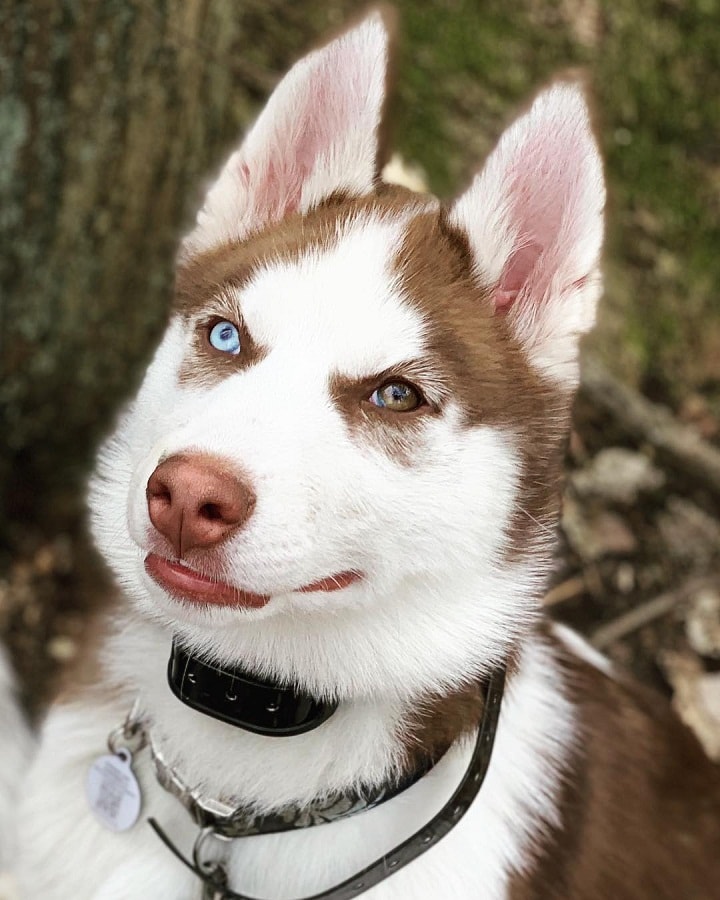
Image Source: Instagram-@obby_minnow
Health Issues
| General Health | Healthy |
| Common Health Issues | Cataracts, Hip Dysplasia, Progressive Retinal Atrophy, Corneal Dystrophy |
| Hypoallergenic | No |
| Vaccination Required | Rabies, Kennel Cough, Canine Parvovirus, Canine Parainfluenza, Leptospirosis, Canine Distemper, Canine Coronavirus |
| Shedding | Above Average Shedder |
| Drooling | Average Drooler |
| Grooming | Easy and Average Grooming Required |
| Weight Gain Potential | Low to Average |
| Separation Anxiety | Moderate Chance |
| Allergies | None |
| Diets and Supplements | Protein: 26% Fat: 8% Digestive Enzymes Glucosamine Probiotics Omega-3 and 6 Fatty Acids |
Siberian Husky is generally a healthy breed with a life expectancy of 12-14 years. During these years, they might face the following health conditions:
- Cataract: The opacity on the lens of the eye that makes it difficult in seeing things is called a cataract. The eye will form cloudiness which usually occurs in old age and can be removed by surgery.
- Hip Dysplasia: The hip dysplasia is common in a medium to a large-sized dog. The dislocation of undeveloped joints of the hip is called hip dysplasia. It causes sharp pain on the back, making the dog difficult to move from one place to another.
Colors
The Siberian Husky comes in the following colors:
- Agouti and White
- Gray and White
- Black and White
- Red and White
- Sable and White
- White
- Black
- Black Gray and White
- Brown
- Black Tan and White
- Brown and White
- Brown Black and White
- Copper and White
- Tan
- Gray and Black
- Tan and Black
- Tan and White
- Black Points
- Piebald
- Pinto
Puppies

Image Source: wag 
Cost: The average cost of the Siberian Husky puppy is between $600-$1500 USD.
Height and Size: The average height of the Siberian Husky male is between 21-23.5 inches and female is 20-22 inches. However
Similar Dog Breeds to Siberian Husky
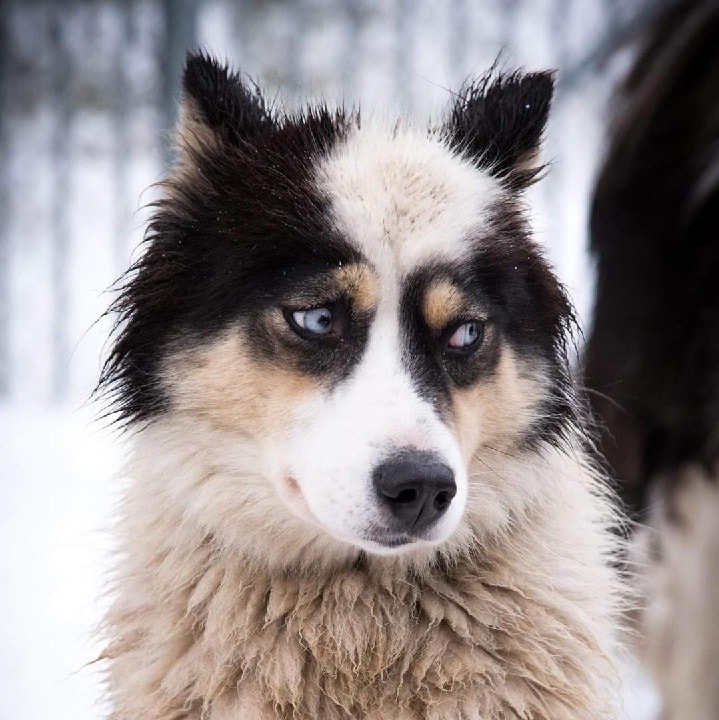
Yakutian Laika
Visit Doglime for more information about dog breeds history, behavior, training, and puppies.
Tags
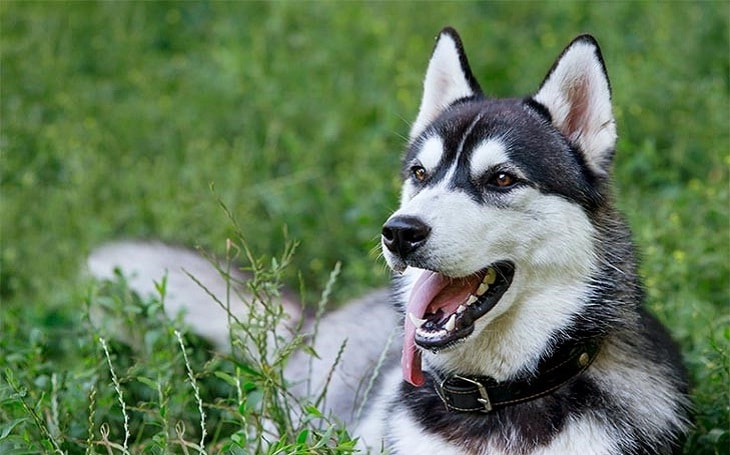
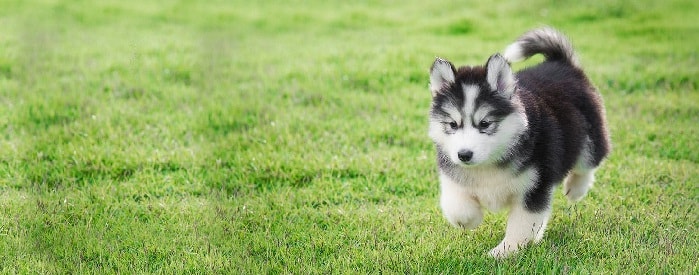
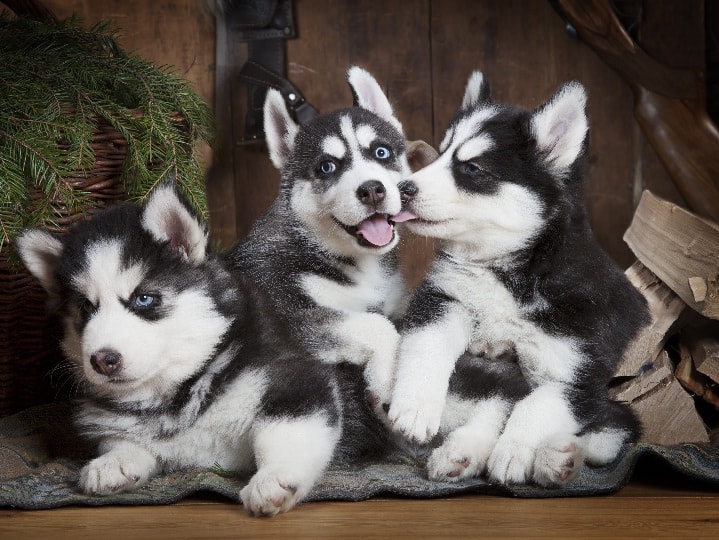

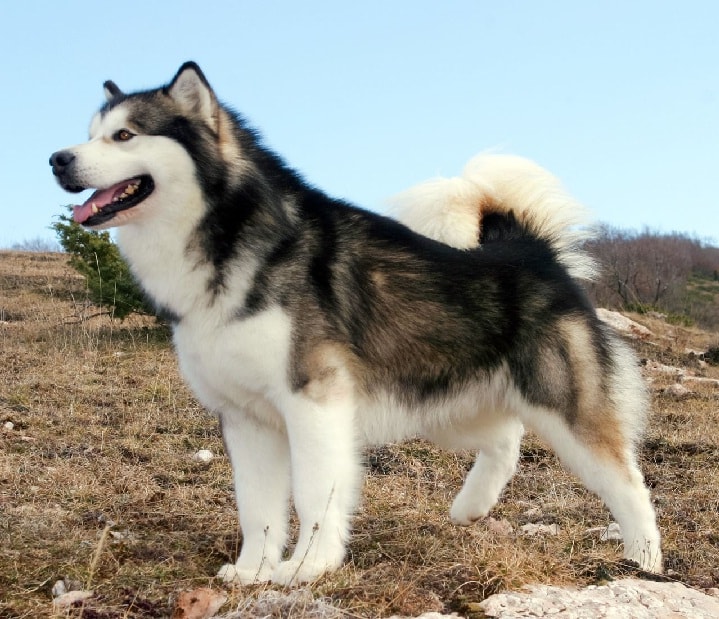
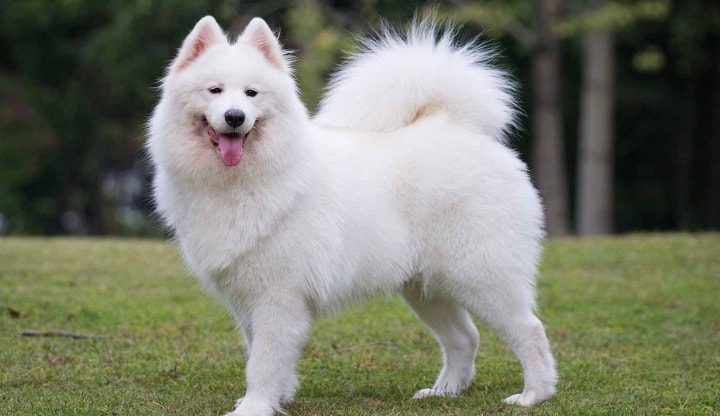










4 thoughts on “Siberian Husky Dog Breed Information”